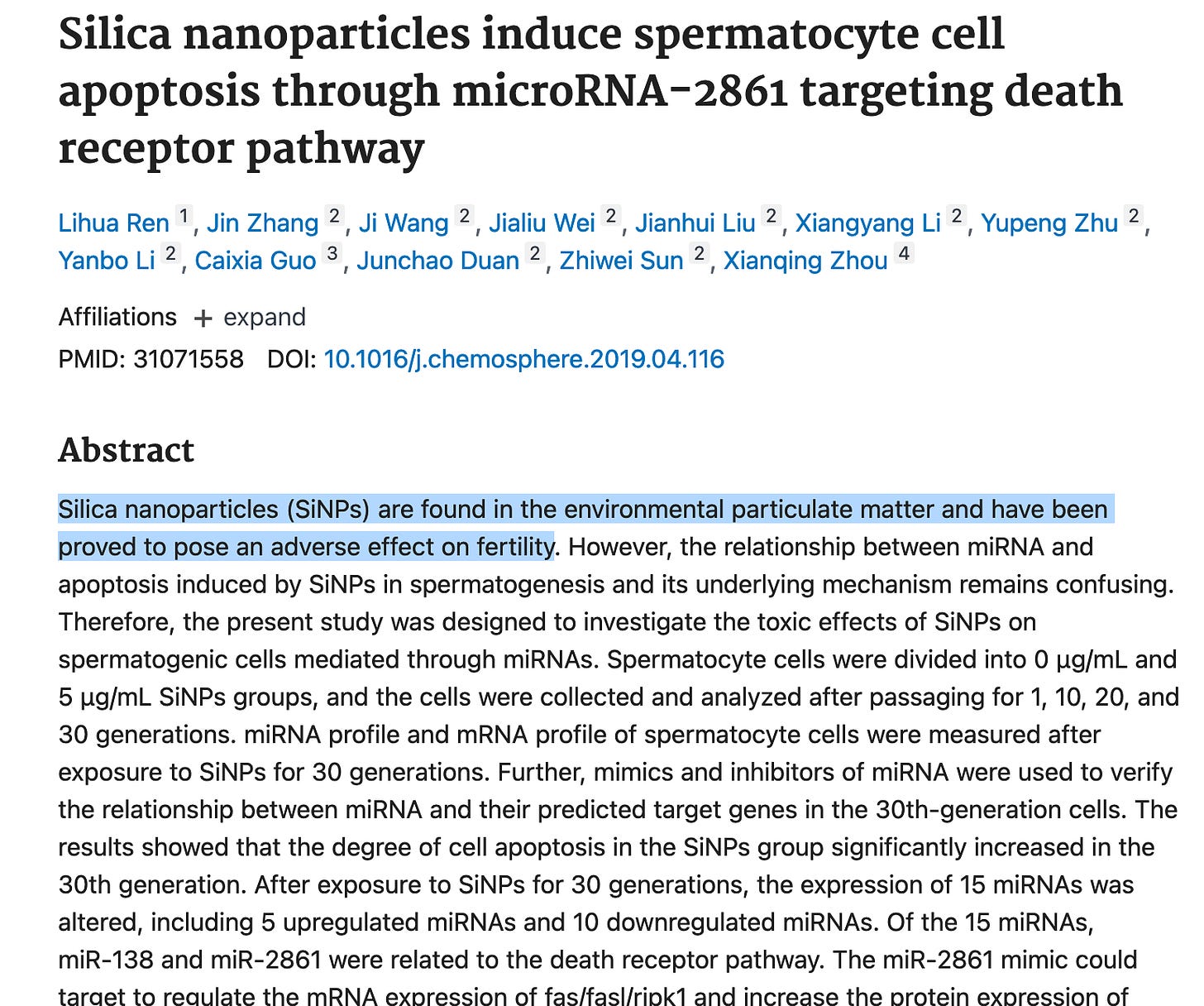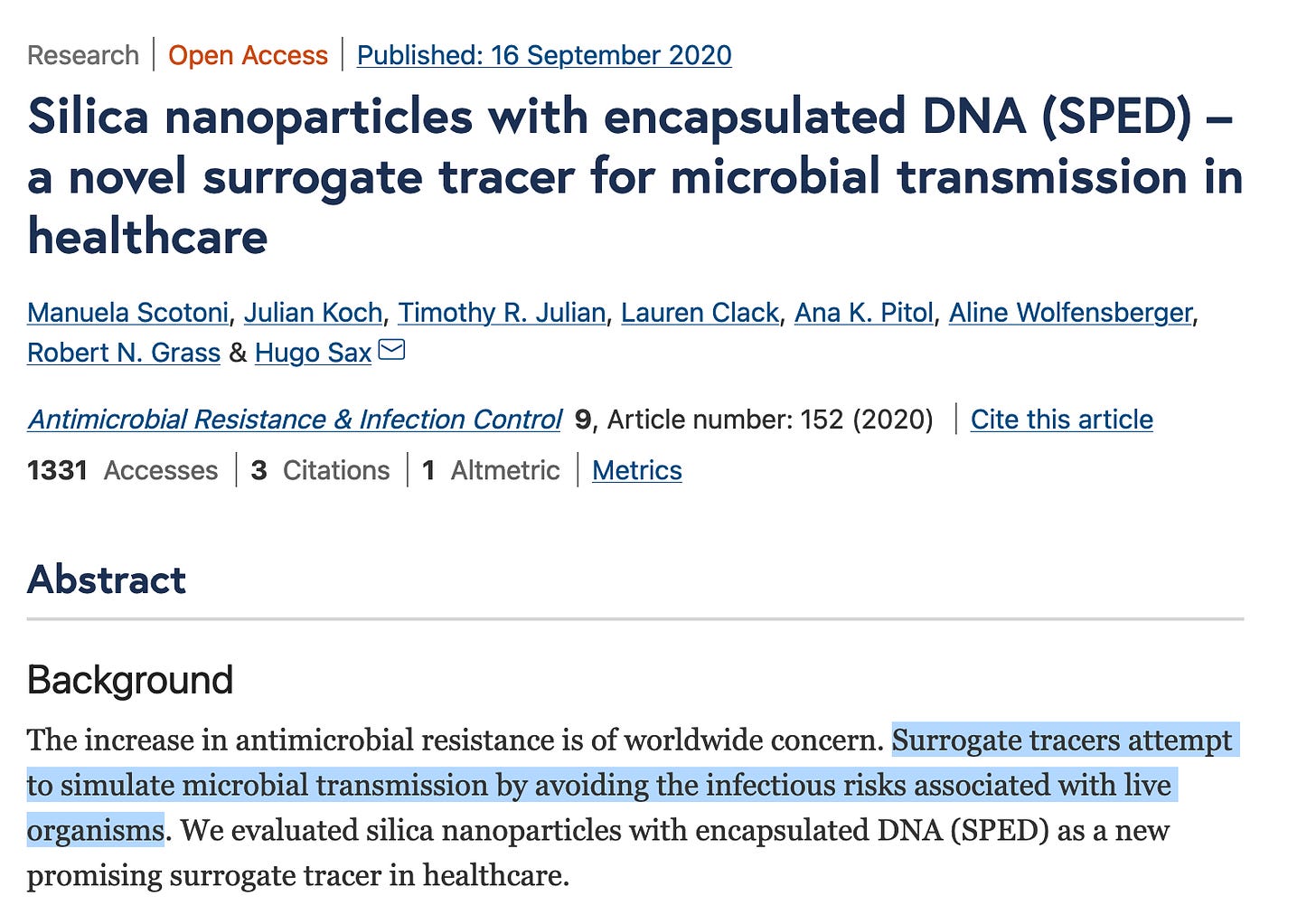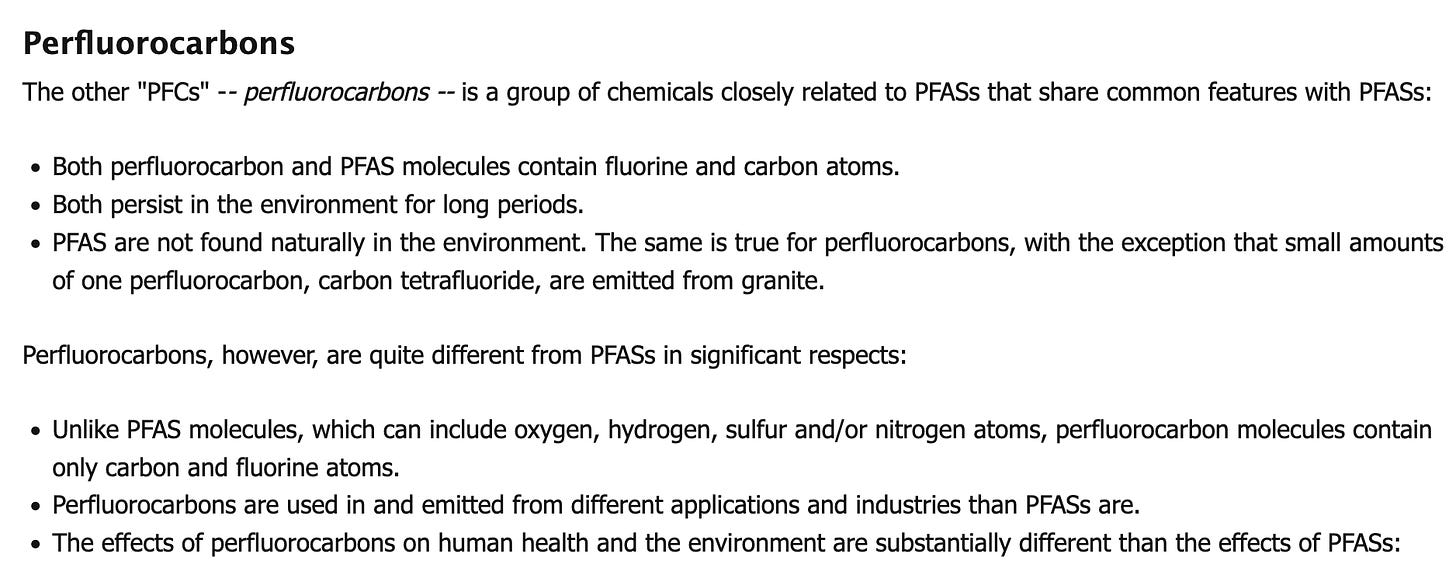You might have seen it in the news. This month, the DHS, the MTA, and a bunch of other important organizations are doing one of those entirely trustworthy biosecurity experiments in New York and spraying entirely harmless stuff on the subway and in select populous locations.
Let’s see what Timeout New York has to say:
I would add to the list of locations, per DHS, Times Square and Grand Terminal subway stations.
It is not the first time it’s being done in New York.
For example, in 1966, the military dispersed a pathogen on the subway without informing the citizens. To quote a 2015 Business Insider article,
On June 6, 1966, a group of US Army scientists made their way into the Seventh and Eighth Avenue lines of the New York City subway. Some carried air sampling machines in boxes and on belts; others carried light bulbs.
The light bulbs were packed with about 175 grams of Bacillus subtilis bacteria, then known as Bacillus globigii — approximately 87 trillion organisms in each. The plan was to shatter them and then use the sampling machines to see how they spread through the subway tunnels and trains.
This test was one of at least 239 experiments conducted by the military in a 20-year "germ warfare testing program" that went on from 1949 to 1969. These experiments that used bacteria to simulate biological weapons were conducted on civilians without their knowledge or consent. That stands in direct violation of the Nuremberg Code, which stipulates that "voluntary, informed consent" is required for research participants.
And while the people who conducted these experiments did so under the belief that the bacterial species they used were harmless, it has since been revealed that they can cause health problems.
"They're all considered pathogens now," says Leonard Cole, the director of the Terror Medicine and Security Program at Rutgers New Jersey Medical School, who documented these experiments in his book "Clouds of Secrecy: The Army's Germ Warfare Tests Over Populated Areas."
A paper from the National Academy of Sciences analyzing military experiments notes that B. globigii is "now considered a pathogen" and is often a cause of food poisoning. "Infections are rarely known to be fatal," the report said — though fatal cases have occurred.
Then in 2013, the Brookhaven National Laboratory and the NYPD did an experiment in which a “low concentrations of the ‘tracer’ gas [perfluorocarbon] was released for a 30-minute period at subway and street locations south of 59th Street in Manhattan, and then tracked as it made its way across the five boroughs.”
Then, in 2016, the DHS and the MTA released “harmless gases” on the subway without much advertisement.
I feel so safe as I am typing this! So safe! I hope you do, too!
And while I am not a toxicology expert, I happen to be aware of the fact that the U.S. authorities, like many other Western and non-Western authorities, have in the past conducted multiple ethically flawed experiments on unsuspecting citizens—and that’s in addition to playing with things that were considered harmless at the time but later turned out to be horrible. Which is to say, debates are great but when somebody comes around spraying “harmless substances” close to me, I run—and fast. In practical terms, I would much rather be an overly suspicious peasant than a gullible fool.
[On a side note, here is how the U.S. government poisoned alcohol during Prohibition.]
I will dive into various areas of peasant concern in a second (spoiler alert: silica nanoparticles, for example, seem to be connected to reproductive damage, with a disclaimer that it is not clear if this has been studied in relation to the specific particulates called “DNA-Silica,” which is one of the things they are spraying this month)—but first let’s look at the program itself:
There are two programs being currently conducted in New York (they are being conducted as I am typing this).
One is Urban Threat Dispersion (UTD) and the other one is Chemical and Bio-Defense Testbed (CBT).
Urban Threat Dispersion is a Department of Homeland Security program to whose official mission is to “enhance the resiliency of urban areas and transit systems against chemical and biological agents.”
Chemical and Bio-Defense Testbed is a project whose mission is to “test and evaluate cost-effective technologies to detect chemical and biological threats inside an actual subway environment, as well as mitigation strategies if threats are detected.” Among the organizations taking part in it are Science and Technology Directorate (DHS), the MIT Lincoln Laboratory, the Metropolitan Transportation Authority New York City Transit (NYCT), New York Police Department, Port Authority of New York and New Jersey, and the New York City Department of Health and Mental Hygiene.
I highly recommend that you read the DHS Environmental Assessment document, it has a lot of details and offers food for thought.
Among other things, it lists the ingredients of the harmless mix. I am going to poke at them using what I know and what I have looked into in the past—and without doubt, I very much welcome input from doctors and toxicologists.
DNATrax.
DNATrax is something that I have been subjectively suspicious about ever since I first read about it a few years ago. The general idea is using unique bits of DNA for “marking” objects (such as food) or air. Currently this novel technology is considered “generally safe”—but so was DDT at the height of its commercial success—and my skeptical inner peasant is thinking, do we not have enough pollutants in our environment? Can’t we live with a little bit of uncertainty in our lives, maybe, like we have been for millions of years? Do we really have to trace everything-everything at the cost of possibly poisoning ourselves? I mean yeah it’s a lucrative market—but do we really have to “move fast and break things”? And another thought. The current application of the DNATrax technology is “barcoding.” So what happens when you eat it or breathe it in? Do we know?
Anyway, here is the infomercial:
And here is an EPA document comparing DNATrax to Bacillus anthracis Surrogate.
Alginate microparticles.
DHS defines this component as “a safe polysaccharide isolated from algae as the particle carrier.” According to some research, alginate microparticles are considered an effective matrix for drug and cell delivery, especially when it comes to drug delivery into the colon. Does it mean that when they are dispersed in the air, they can potentially “usher” something into the body? I don’t know! Maybe, maybe not (input welcome). All I know is that as a citizen, I am kind of on my own when it comes to ensuring my safety.
Visolite
Visolite is a fluorescent substance used, for example, to find bag leaks.
Sulfur Hexafluoride
Here is what the New Jersey Department of Health and Senior Services website has to say about sulfur hexafluoride. Sounds safe to me!
DNA-Silica.
Again, I possess zero expertise on silica-based particulates. But I have seen studies that seem to indicate a degree of possible reproductive damage in relation to silica nanoparticles in general—and I feel like bringing it up.
Incidentally, silica nanoparticles have been studied in the context of tracing microbal transmission in healthcare, which seems to follow the long-standing tradition of fixing one problem and causing another (Even more incidentally, antimicrobial resistance happens to be high on the list of World Economic Forum’s priorities).
Perfluorocarboms
On a page that no longer seems to exist (archive), the EPA says that perfluorocarbons are similar to the super toxic PFAS—but, unlike PFAS, totally safe. Think what you want.
Conclusion?
Alas, we are in wobbly hands. And our safety is our responsibility.
UPDATE: There is some very good info here, recommend you check it out. https://newyorkmusicdaily.wordpress.com/2021/10/22/pathogensinnycsubway/











Here is a very detailed description of the capabilities of the "non coding DNA algos" they are admitting to spraying.
The RNA synergies are obviously not an accidental by product.
What is noncoding DNA?
https://medlineplus.gov/genetics/understanding/basics/noncodingdna/
ACK!!!--took a break and was excited to see another Tessa Lena post. Now my mind is blown, though. Yikes. Get out of that city.